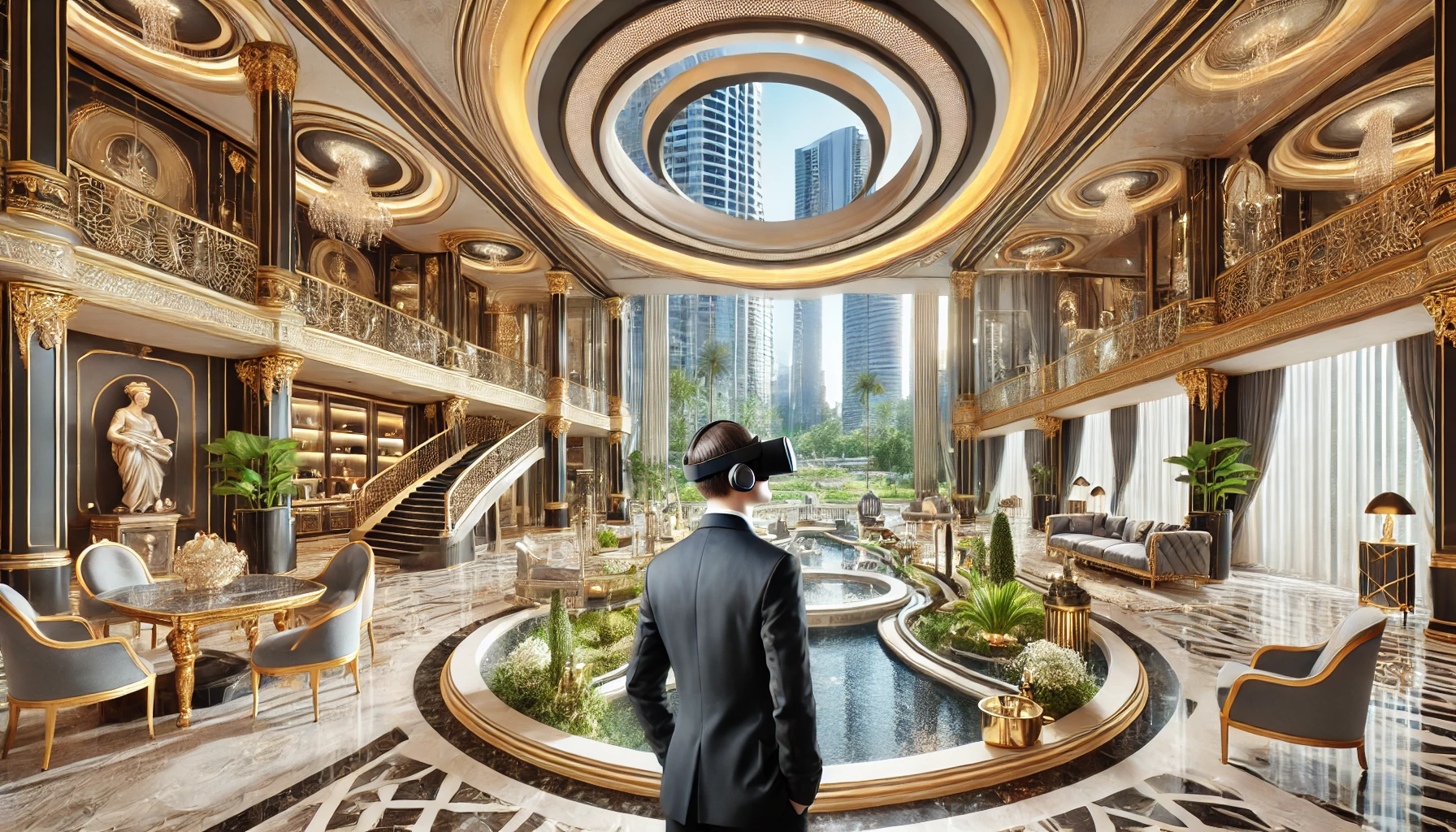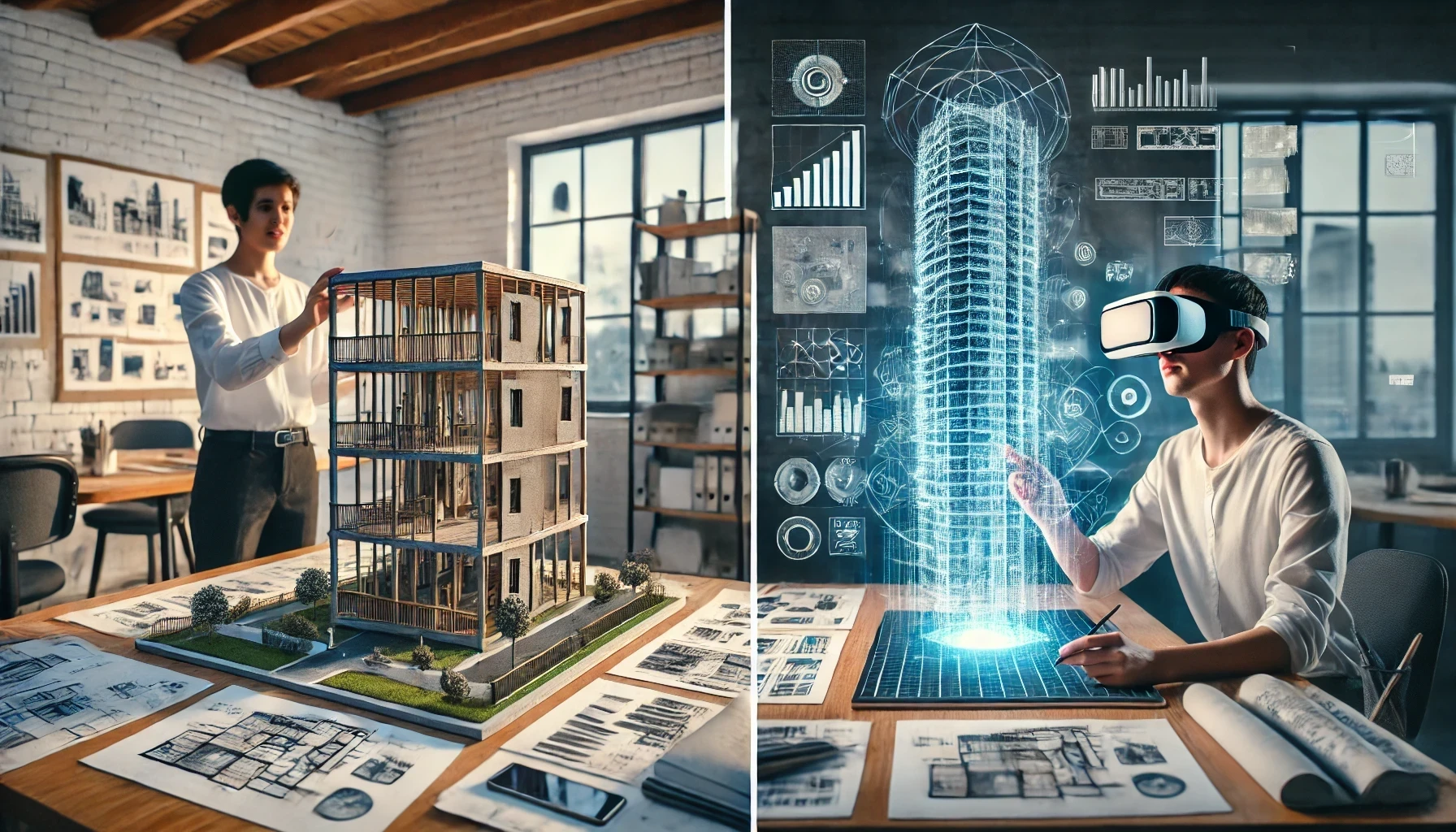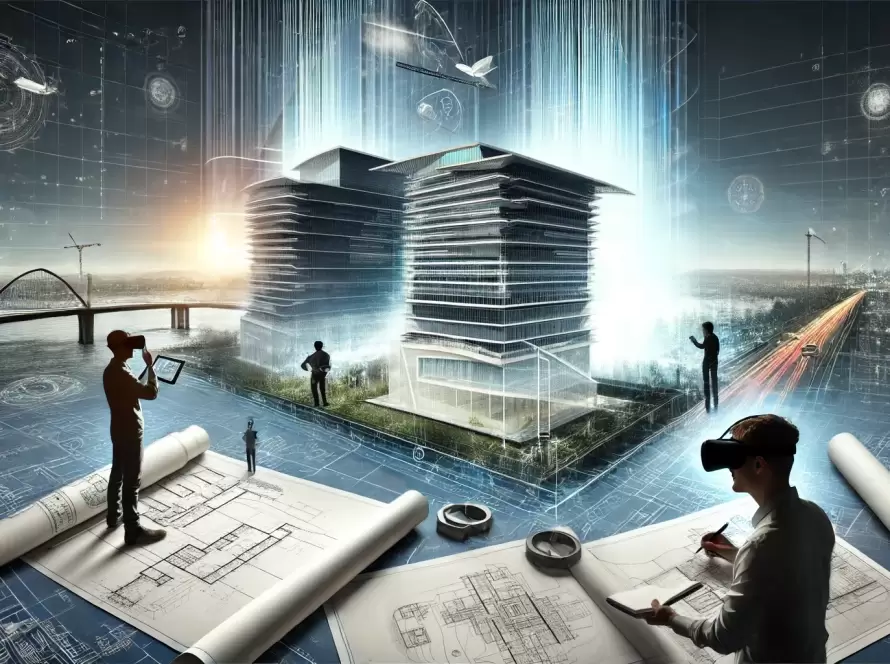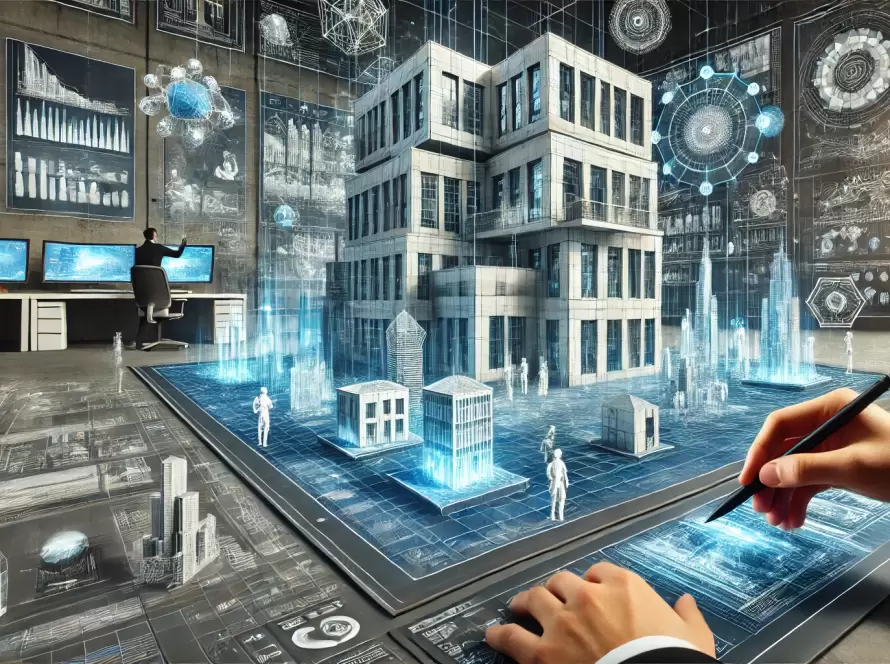
Exploring the Future of Virtual Architecture: A New Era for Virtual Architects
Introduction to Virtual Architecture
The Role of Virtual Architects
Virtual architects are at the forefront of this transformation, utilizing advanced tools and technologies to visualize, design, and interact with architectural concepts in real time. Their expertise allows for a level of precision, immersion, and collaboration that traditional design methods simply cannot achieve. By leveraging cutting-edge software and virtual reality (VR) platforms, these professionals can create stunning digital environments that captivate and inspire.
Key Benefits of Virtual Architecture
Enhanced Visualization: Virtual architecture allows architects to present their designs in a fully immersive format. Clients can explore spaces as if they were physically present, leading to better understanding and engagement.
Real-Time Collaboration: Virtual architects can collaborate with clients and stakeholders in real time, making it easier to incorporate feedback and make adjustments on the fly. This dynamic interaction streamlines the design process and fosters creativity.
Cost-Effective Solutions: By simulating designs in a virtual environment, architects can identify potential issues before construction begins, reducing costly mistakes and ensuring a smoother project execution.
Sustainability and Innovation: Virtual architecture encourages sustainable design practices by allowing architects to experiment with materials and layouts that minimize environmental impact. This innovative approach paves the way for greener building solutions.
The Future of Virtual Architecture
As technology advances, the potential for virtual architecture continues to expand. Emerging trends such as artificial intelligence (AI) and machine learning are set to revolutionize the way virtual architects approach design. These technologies can analyze vast amounts of data to optimize building performance and enhance user experience.
Conclusion
In conclusion, virtual architecture is reshaping the landscape of design and construction. With the expertise of virtual architects, we are witnessing a new era of creativity and innovation that transcends traditional boundaries. As we move forward, the integration of advanced technologies will only enhance the capabilities of virtual architecture, making it an essential component of the future built environment. Embrace the possibilities that virtual architecture offers and discover how it can transform your vision into reality.
Differences Between Virtual Architecture and Traditional Architecture

Virtual architecture involves designing buildings and spaces that exist in digital environments. These spaces are created using 3D modeling, VR, and AR technologies. Virtual architects build environments for the metaverse, video games, virtual reality tours, or for visualizing real-world projects before construction. The focus is on immersive experience and interaction in a virtual space.
Traditional architecture, on the other hand, is the physical design and construction of real-world buildings like homes, offices, and public structures. It uses sketches, blueprints, and physical models to plan and build actual structures in the real world.
In short, virtual architecture is digital and experience-based, while traditional architecture is physical and construction-based. Today, both often work together—virtual tools help traditional architects visualize and present their designs more effectively.
Evolution of Architecture in the Digital Space

As technology has advanced, so too has architecture. The shift from hand-drawn blueprints to computer-generated designs represents just the beginning. With the advent of virtual and augmented reality, architecture is swiftly evolving into realms of creativity previously untouched, allowing architects to not only visualize but fully immerse themselves and clients in future spaces before a single brick is laid.
The Role of Technology in Shaping Virtual Architecture

Technology has fundamentally altered how architects visualize their work. The integration of 3D modeling, rendering, and simulation tools has expanded the possibilities for what architects can create. Virtual reality now allows architects and clients to walk through designs before construction begins, offering a level of spatial understanding that was once impossible. Augmented reality brings designs into real-world environments, blending the digital with the physical. These advancements not only enhance creativity but also improve collaboration, efficiency, and precision in the design process.
introduction to Virtual Reality (VR) and Augmented Reality (AR) Tools
VR and AR tools are game-changers in architecture. They allow clients and stakeholders to walk through and experience designs before they’re even built.
Comparison of Software Capabilities and Their Applications
Different software solutions excel in various areas. For instance, while AutoCAD is widely recognized for its precision, programs like SketchUp offer a more intuitive interface that’s often preferred for conceptual designs.
Vision for the Future
Predictions for the Evolution of Virtual Architecture in the Next Decade
Over the next ten years, virtual architecture will likely become more commonplace in all facets of design, with technology advancing to become more intuitive. Architects will be able to experiment with complex geometries and materials in a virtual space, testing structural integrity and environmental impact in real time. AI-driven tools will further enhance the design process, automating routine tasks and allowing architects to focus on creativity and innovation. Clients will also benefit, as immersive experiences will enable them to interact with designs and make informed decisions with unprecedented clarity.
Conclusion
Virtual architecture is reshaping the design landscape, allowing for creativity and efficiency previously thought impossible. As we navigate the intersection of technology, design, and societal needs, embracing these new approaches will be key to thriving in an ever-evolving architectural world. With open minds and innovative spirits, the possibilities in virtual architecture are indeed limitless!
